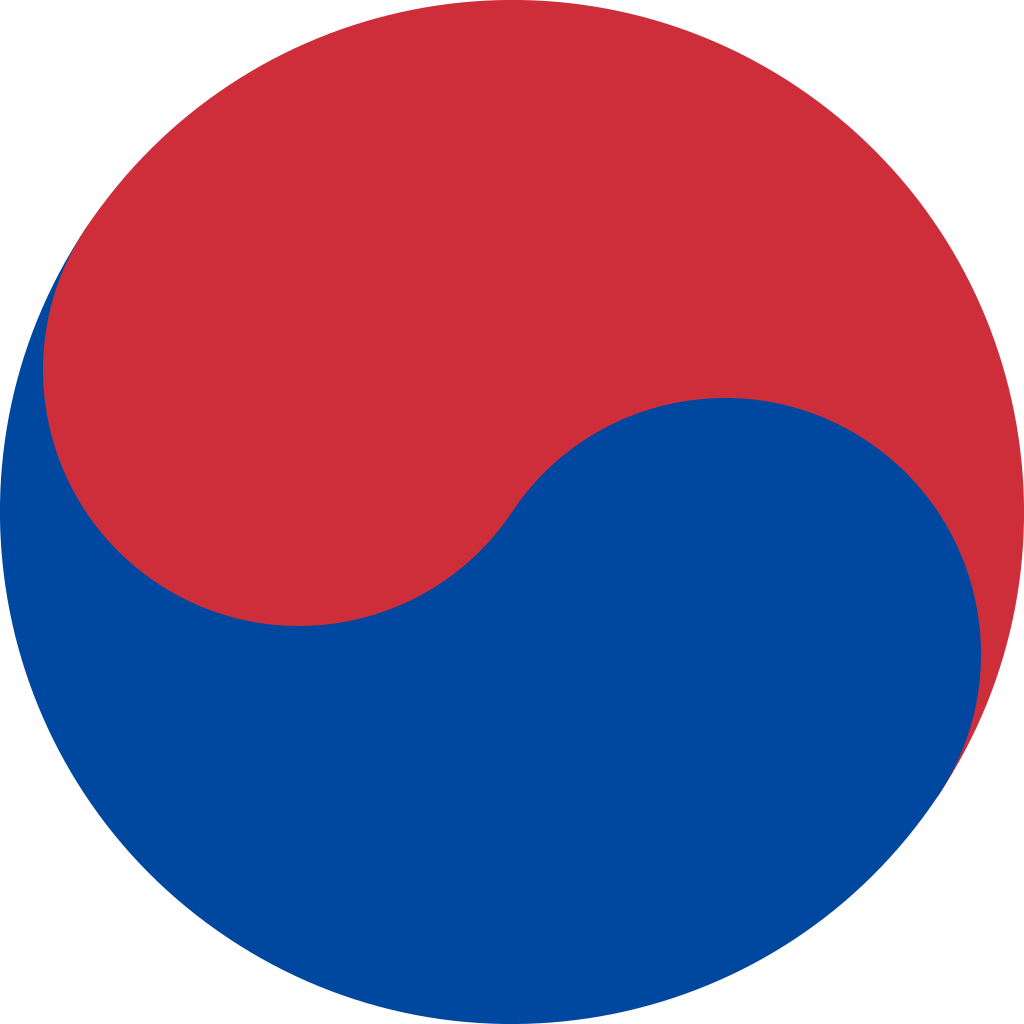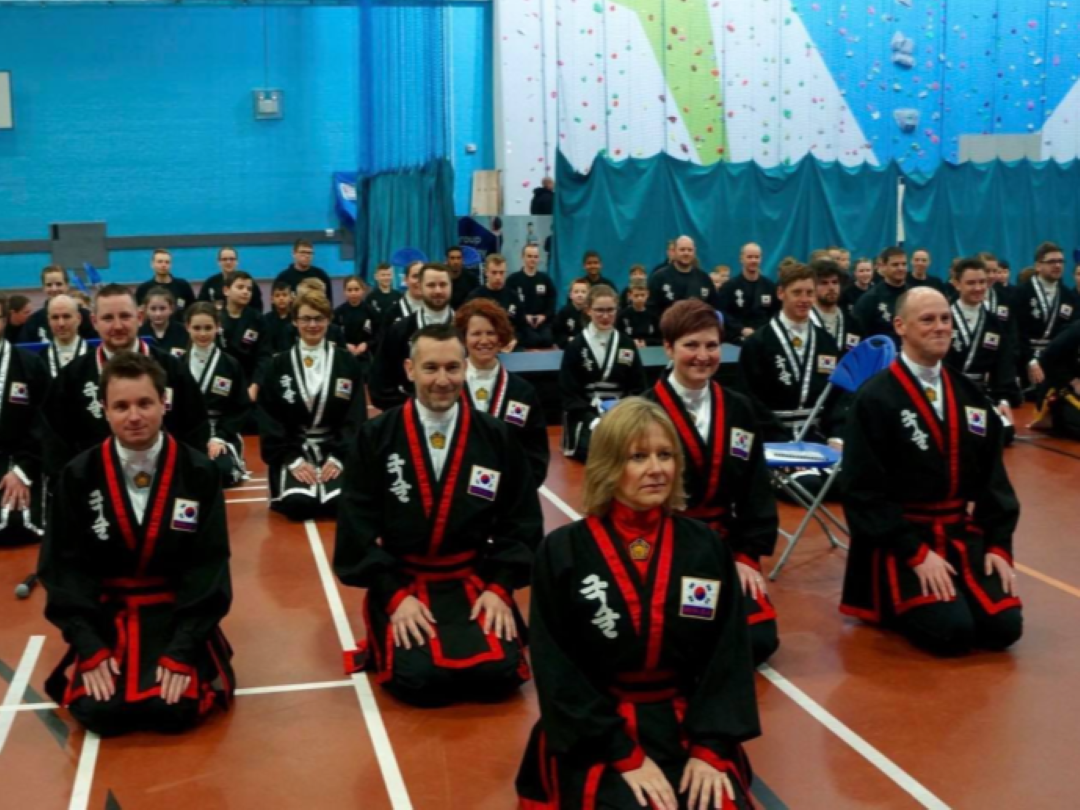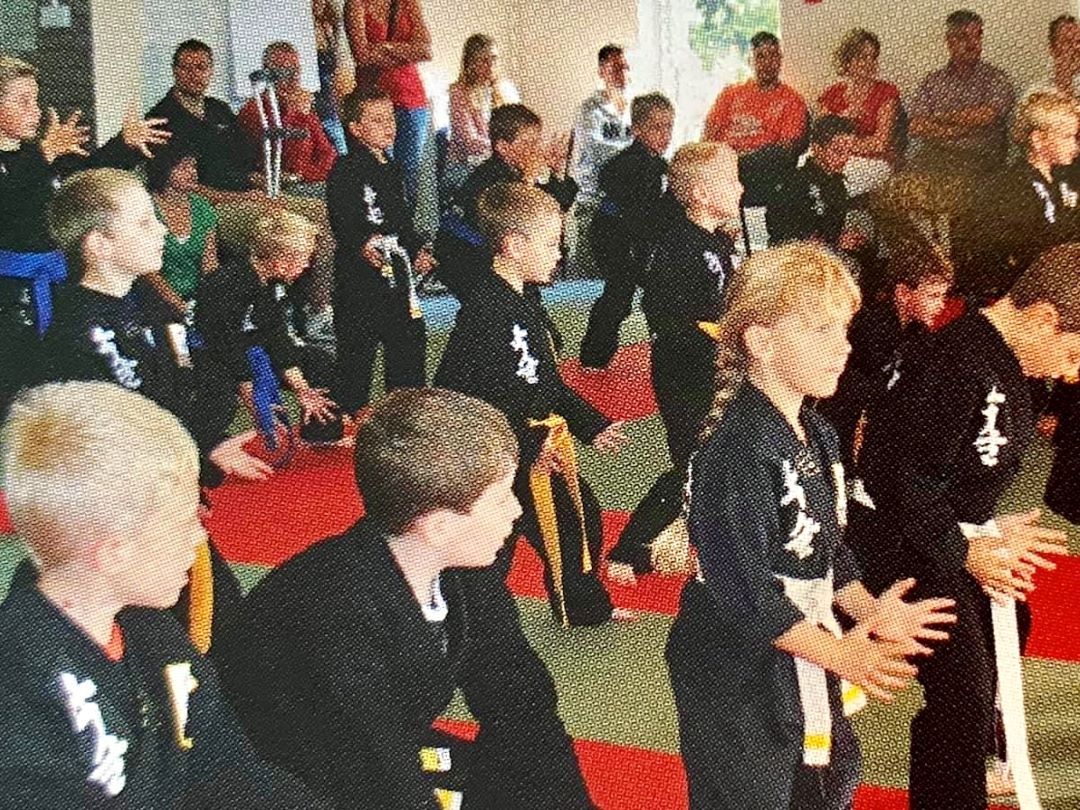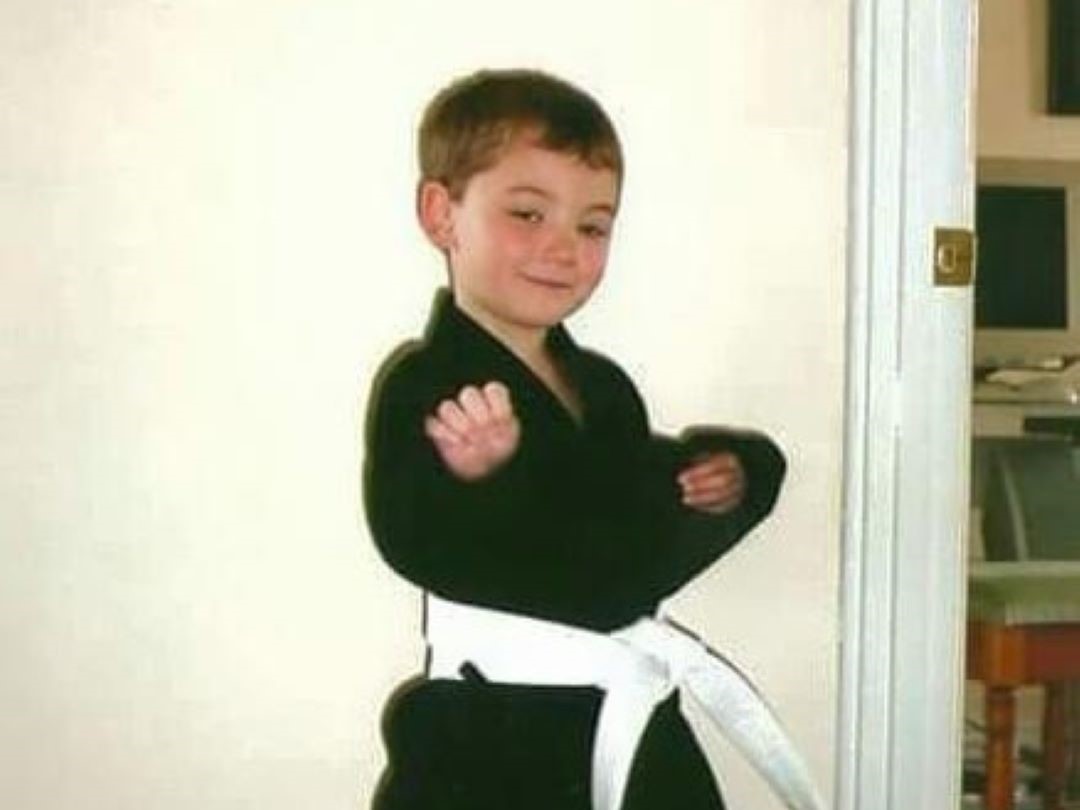This post is based on one which was originally written for the Kuk Sool Won of Lowestoft blog in 2015. You can view the original article here.
For your movements and techniques to be effective and efficient in Kuk Sool, you must apply the underlying theory of YOU-WON-HWA, which translates into English to mean Flowing-Circle-Harmony. When practised correctly, these three elements embody what Kuk Sool is all about and provide foundation for its application. In order to practise properly and truly apply the theory of YOU-WON-HWA to your training, you must first develop an understanding of the three key elements.
The Theory of YOU
YOU refers to the idea of flowing, like water. Water always flows downhill and is guided by natural forces exerted upon it. It doesn’t fight the forces to which is subjected, nor any objects or obstacles it may encounter – it merely follows the flow and goes around anything in its way. If water encounters an obstacle too large to go around, it remains patient, collecting until its rising level allows it to flow over or around it. Water is also very adaptive and dynamic by nature – it has no shape and can adapt to any situation or environment it is subject to, whilst in many senses staying the same. Water symbolises many things: adaptability, softness, and – at the same time – great force.
In Kuk Sool, huge emphasis is placed on flow in our movements. In traditional forms, our movements flow as water does. There are no start-stop movements but rather we are in constant motion. In self-defence techniques, we utilise flow and redirection of forces to use our opponent’s force against themselves, instead of meeting force with force. When we are pushed, we pull; when we are pulled, we push. We flow, just like water.
The Theory of WON
WON refers to a circle – a perfect geometric figure. A circle has no sharp vertices and no straight edges; it is one constant, flowing edge which smoothly curves around to create a loop. Everyone has their own personal circle which they seek to protect. Perhaps this is your own personal space; the family and friends to whom you are most loyal; your moral values; your most prized possessions. The list goes on. Kuk Sa Nim says that the best form of self-defence is to remove yourself from the situation of danger, and this can be extended in thinking about defending our personal circle. It is only necessary to defend against attacks which intrude on our personal circle. There is no need to defend against an attack which falls short of this, as to do so would be a waste of effort or energy and could actually be perceived as an act of offence rather than defence – potentially creating unnecessary trouble.
If an attack does enter our personal circle, we should not meet the opponent’s force with our own. Instead, the theory of YOU should be applied in conjunction with WON to meet the offending strike with a flowing, circular defensive motion. If this is a physical strike, this refers to a literal flowing, circular block which seeks to redirect an opponent’s force against themselves. If the attack is not physical, resolve should be sought through constructive means. Instead of meeting an opponent’s negativity with further opposing negativity, you should instead attempt to redirect the negative energy to constructive conversations in order to achieve resolve and restore order.
The Theory of HWA
HWA refers to harmony – having our mind and body act as one, which is a central pillar to martial arts training. In Kuk Sool, when we learn a new technique, we often feel that our mind has learnt, but our body has not. We practise new techniques countless times and over long periods of time in order to unify our mind and body and to embed the technique into our second nature. Once mind and body unify and we are in harmony with new techniques, we develop the ability to perform them almost without thinking – our mind and body just naturally know what to do when it is needed. In a self-defence situation, this is advantageous as thinking time becomes negligible and we can pounce into action without having to actively decide what to do. Our mind and body work harmoniously to our advantage.
We are at our best when we are at harmony with our environment. A sailor does best when they are at one with the sea; a swimmer does best when they are at one with the water; a martial artist does best when they are at one with themselves. To be at one with yourself, you must find harmony in your family and in society. The concept of Eum-Yang (known more commonly by its Chinese name, Yin-Yang) features heavily within Korean culture – so much so that it is the centrepiece to the flag of South Korea. This is the idea of the harmonious co-existence of naturally opposing forces as a single entity: good and bad; man and woman; day and night. All exist to allow for the other to exist, and would not exist without each other. They exist in harmony, as a martial artist should with themselves, and as their body should with the mind.

The Taegeuk symbol from the flag of South Korea, representing the “great duality” of Eum (negative, in blue) and Yang (positive, in red).
The manifestation of the Theory of YOU-WON-HWA is that as flowing water seeks to be in harmony with its surroundings, adapting effortlessly to external influences, we should also maintain harmony within our personal circle and redirect any disturbances with equal magnitude to the force which they introduce.
Bibliography
Suh, In Hyuk (1993). Kuk Sool Won Traditional Korean Martial Art Textbook Volume 1. Magnolia, Texas: World Kuk Sool Association. pp. 98-99.



